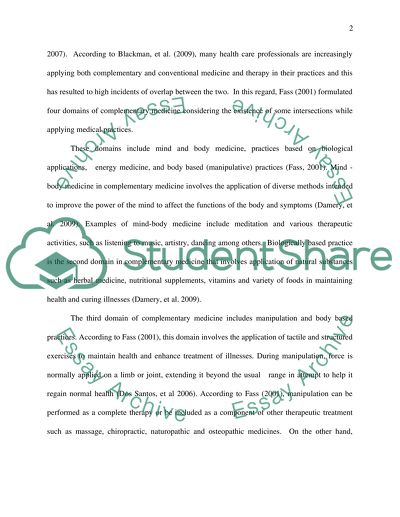Cite this document
(Herbal Medicine and Nutritional Therapy Essay Example | Topics and Well Written Essays - 1500 words, n.d.)
Herbal Medicine and Nutritional Therapy Essay Example | Topics and Well Written Essays - 1500 words. https://studentshare.org/health-sciences-medicine/1572494-compare-and-contrast-herbal-medicine-and-nutritional-therapy
Herbal Medicine and Nutritional Therapy Essay Example | Topics and Well Written Essays - 1500 words. https://studentshare.org/health-sciences-medicine/1572494-compare-and-contrast-herbal-medicine-and-nutritional-therapy
(Herbal Medicine and Nutritional Therapy Essay Example | Topics and Well Written Essays - 1500 Words)
Herbal Medicine and Nutritional Therapy Essay Example | Topics and Well Written Essays - 1500 Words. https://studentshare.org/health-sciences-medicine/1572494-compare-and-contrast-herbal-medicine-and-nutritional-therapy.
Herbal Medicine and Nutritional Therapy Essay Example | Topics and Well Written Essays - 1500 Words. https://studentshare.org/health-sciences-medicine/1572494-compare-and-contrast-herbal-medicine-and-nutritional-therapy.
“Herbal Medicine and Nutritional Therapy Essay Example | Topics and Well Written Essays - 1500 Words”. https://studentshare.org/health-sciences-medicine/1572494-compare-and-contrast-herbal-medicine-and-nutritional-therapy.


